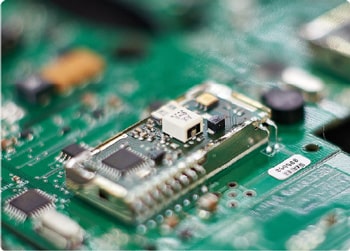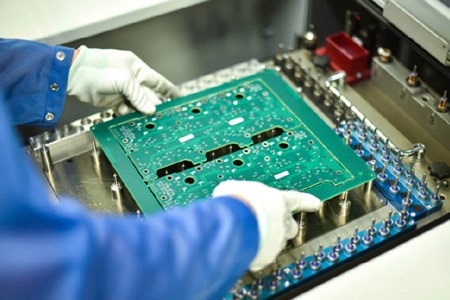How to scrub the steel mesh for SMT chip processing
The main methods of scrubbing the steel mesh in SMT patch processing are as follows:
Manual scrubbing: Use a rag soaked in cleaning agent (or special SMT stencil wiper) to clean the dried solder paste or glue. This method is convenient, not limited by time, and low-cost, but the cleaning effect depends on the experience and skills of the operator.

Ultrasonic cleaning: Utilize the cavitation, acceleration and straight flow effects of ultrasonic waves in the liquid to disperse, emulsify and peel off the contaminated layer to achieve the purpose of cleaning. However, this method is not effective for cleaning thick steel mesh (such as 2.5mm or more), and long-term use may cause the mesh stretcher glue to be eroded, affecting the mesh tension.
Spray cleaning: Spray the cleaning liquid evenly on the surface of the stencil, causing the cleaning liquid to chemically react with or dissolve the dirt such as flux paste on the stencil surface to achieve the cleaning effect. The advantage of this method is that the surface layer is easy to clean and the operation is simple.
Automatic scrubbing: Use a combined process of wet scrubbing, vacuum scrubbing and dry scrubbing for cleaning. First wet wipe to remove the residual solder paste at the bottom of the template, then vacuum wipe and dry wipe to remove the remaining cleaning agent and flux at the bottom. This method is suitable for automatic solder paste printing machines and can reduce manual intervention and operation time.
Professional stencil cleaning machine: including pneumatic type and electric spray type, with efficient and professional cleaning capabilities. Generally, a steel mesh can be cleaned within 2-3 minutes.







